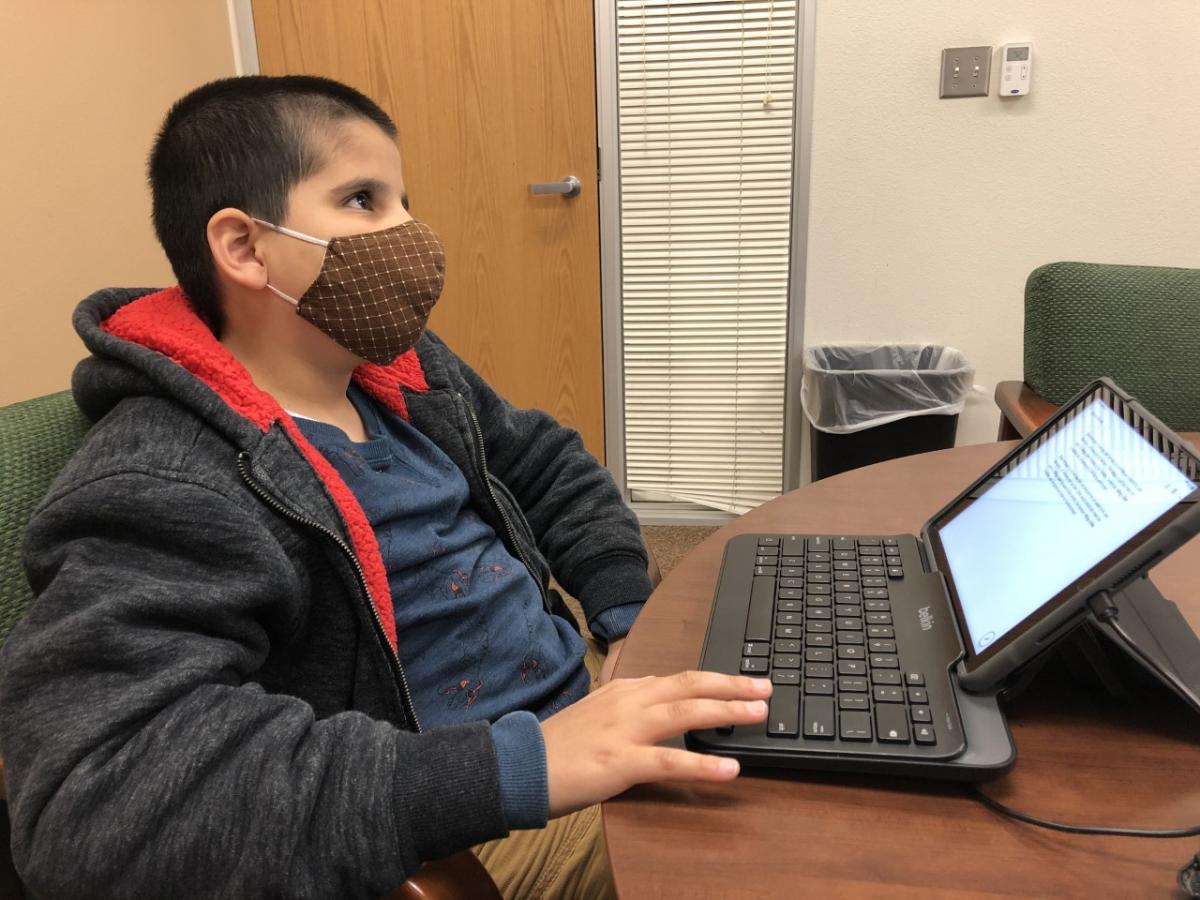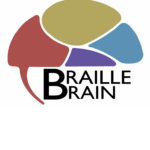Writing is a complex process in which an author composes text to convey a message. The act of writing requires mastery of several components. First, an author must have an idea or message to convey. The purpose behind the message and audience who will read the text, often determines the format and voice of the text. For example, if the author wants to tell a story, he or she will often use full paragraphs with complete sentences. The sentences when strung together provide details about the events including the characters and order that things occur. The voice heard in the text often reflects an individual story teller’s voice. On the other hand, if the author wants to write a message to a friend to ask him to buy groceries, the author may write a note that may contain a list of items to purchase. The tone may be informal and voice very matter of fact. In each of these two examples, the format, tone, voice, and formality differ, and authors must be able to adjust their writing style to match the task.

Once the purpose and style of writing has been determined, the author must take on the task of transforming his thoughts into words. This act of writing requires strong skills in vocabulary, grammar, spelling, and language. A robust vocabulary allows the writer to choose words that precisely reflect his thoughts and that can create a detailed and vivid image of the thoughts being conveyed. A good command of language allows the author to write with proper grammar and assists the author in creating sentences that transition smoothly between thoughts. Finally, the conventions of print must be followed to successfully compose the message. The area of conventions includes spelling, punctuation, grammatical structure, and formatting.
In the Reading Adventure Time iPad App, the authors focus on conventions, or the structure of written language. This includes spelling, grammar, word usage, capitalization, punctuation, spelling and braille symbol use. Specifically, they address the following Common Core Anchor standards for Language: Conventions of Standard English:
- Demonstrate command of the conventions of standard English grammar and usage when writing or speaking.
- Demonstrate command of the conventions of standard English capitalization, punctuation, and spelling when writing.
The authors of the iBC also emphasize braille skills by addressing the following issues:
- use of contractions, including the rules for their use
- math symbols that are encountered in literature
- composition symbols
- formatting
- braille punctuation symbols
This project was funded by the US Department of Education, Rehabilitation Services Administration (RSA), 84.235E Special Projects and Demonstrations for Providing Vocational Rehabilitation Services to Individuals with Severe Disabilities. The project is titled: Braille Brain: A Braille Training Program for pre/in-service Teachers of Students with Visual Impairments (TSVI), paraprofessionals, and other educational team members (H235E190002).

Braille Brain
Reading
- READING: Foundational Skills for Reading
- Integration of Knowledge and Ideas
- Vocabulary Acquisition and Use
- Braille Hand Movement and Refreshable Braille Displays
- Conventions of Standard English: Standard One
- Conventions of Standard English: Standard Two
- Writing and Language
- Craft and Structure
- Key Ideas and Details
- Best Practices for Teaching Braille and STEM to the Visually Impaired
- Assistive Technology to Support STEM Subjects for the Visually Impaired
- Compensatory Skills: A Focus on Organization
- Foundational Skills for STEM
- Math Instruction for Students with Visual Impairments
- Science Instruction for Students with Visual Impairments
- Tactile Graphics
STEM
- Best Practices for Teaching Braille and STEM to the Visually Impaired
- Assistive Technology to Support STEM Subjects for the Visually Impaired
- Compensatory Skills: A Focus on Organization
- Foundational Skills for STEM
- Math Instruction for Students with Visual Impairments
- Science Instruction for Students with Visual Impairments
- Tactile Graphics
- Braille Brain
- About Braille Brain
- Braille Training Program
- Foundational Skills for Reading
- Integration of Knowledge and Ideas
- Vocabulary Acquisition and Use
- Braille Hand Movement and Refreshable Braille Displays
- Conventions of Standard English: Standard One
- Conventions of Standard English: Standard Two
- Writing and Language
- Craft and Structure
- Key Ideas and Details
- Best Practices for Teaching Braille and STEM to the Visually Impaired
- Assistive Technology to Support STEM Subjects for the Visually Impaired
- Compensatory Skills: A Focus on Organization
- Foundational Skills for STEM
- Math Instruction for Students with Visual Impairments
- Science Instruction for Students with Visual Impairments
- Tactile Graphics



